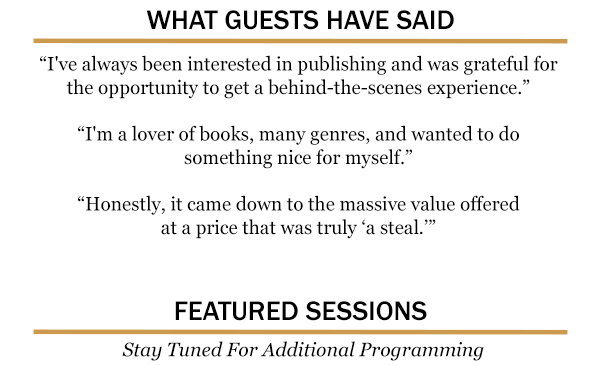 Right now I’m in the process of editing my latest book, and for the most part, it’s rolling along superbly. I have a terrific premise, stellar characters, lots of quirkiness and some great dialogue. I always keep in mind the big picture–the one thing I want to accomplish and how it all will eventually end up. For one reason or the other I can always visualize the last scene, where the characters will be and the affecting bon mots that’ll roll off their tongue which will hopefully, linger in my readers’ minds. And then three-quarters of the way in, I turned around and just like that! I ran face-first into a brick wall.
Right now I’m in the process of editing my latest book, and for the most part, it’s rolling along superbly. I have a terrific premise, stellar characters, lots of quirkiness and some great dialogue. I always keep in mind the big picture–the one thing I want to accomplish and how it all will eventually end up. For one reason or the other I can always visualize the last scene, where the characters will be and the affecting bon mots that’ll roll off their tongue which will hopefully, linger in my readers’ minds. And then three-quarters of the way in, I turned around and just like that! I ran face-first into a brick wall.
Stopped. Not stalled–I’m talking dead motor. I couldn’t move an inch and worse than that, I didn’t know why. I thought at first I was stymied by the research, as there’s some technical devices I’m using that needed to be clarified. But that wasn’t it either, and it wasn’t the pacing, because it was going along at such a rapid clip I made a conscious effort to slow it down. Then it hit me (metaphorically): I couldn’t go on because I didn’t know one of my characters well enough. And when you don’t, how could you possibly know what they’ll do next?
According to Nancy Lamb in The Art and Craft of Storytelling, “how your characters act and react–how they think and feel; how they handle obstacles and respond to people, places and things is story.” Agreed. I have some great characters. They’re colorful and full of nuance, they have interesting backstories and deliver some killers lines. Yet…and this took me a bit of thinking to figure out–they’re still one-dimensional. I’m working with them, but I don’t really know them. I’m hitting that wall of what-to-do-next because this far into the book I can no longer write them observationally, or how the opposing characters see them. I have to write them motivationally or how their unique combination of nurture, nature, inclination and quirkiness force them to do the things they do. So I stopped and thought about the plot situation my character was in, and that’s where I found my moment of clarity. I couldn’t predict what he’d do next because I’d yet to give him justification. Oh sure, I knew his present because I had observed it through the eyes of the other characters. But I wasn’t well-enough acquainted with his personal history to give him a motivation to react the way that would advance the story. So to help that along, I devised a little checklist to run him through.
Personality – Is he aggressive or passive? Confident or shy? Is he willing to take chances, or does he like to play it safe? Cheerful or moody?
Defining Traits – Is he a geek or a loner? A leader or a follower? Fun or a bit of a wet blanket? Is he cold? Is he liked or feared, and how much does that matter to him?
Family – Is he close to them or estranged? Married or does he want to be? Any children? Youngest, middle or oldest? Pets?
Interests – What is he passionate about? Any hobbies? Political? A patron of the arts? What does he really dislike? And how does this conflict with the other main character?
Clothes – Does he dress nattily? Or like a slob? And what does he observe in others?
Body Language – How is his handshake? Does he always make eye contact? Does he walk confidently or does he cower? Does he listen?
This is just a short list as you can go on and on, but by the end you will end up knowing your character a bit better. And when you do you can finally sit back and relax. They’ll take it from there.













